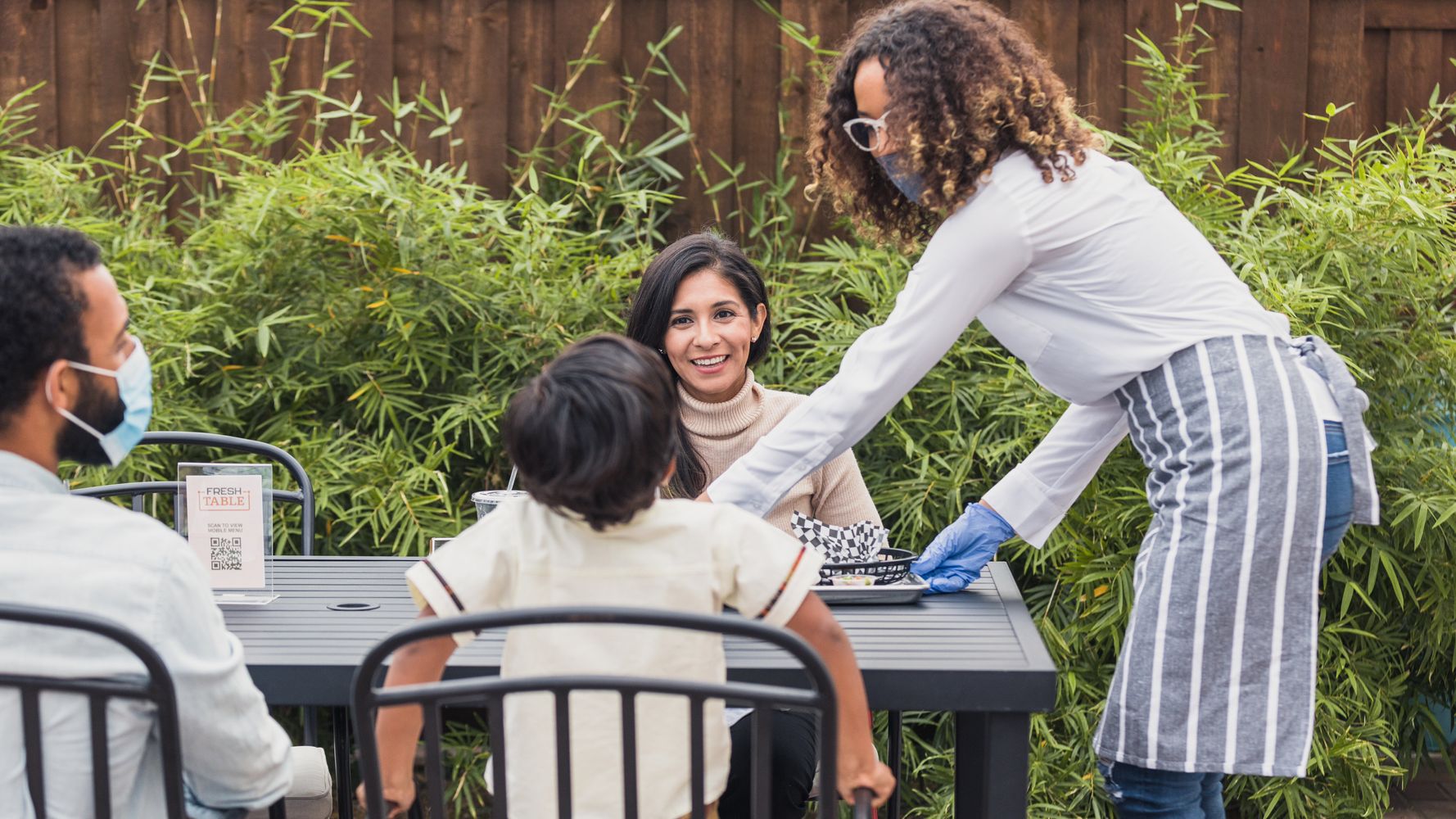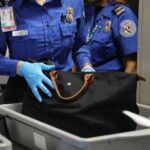We are in the midst of another COVID-19 wave driven by the highly contagious BA.4 and BA.5 variants, which have a mutation in the spike protein of the coronavirus that causes these variants to more easily attach to (and infect) people.
“Even small quantities of the virus floating around could infect you if you are not wearing a mask,” said Dr. Janak Patel, director of the Division of Infectious Disease and Immunology at the University of Texas Medical Branch, adding that this could be the case for certain outdoor settings, too — a situation that was generally considered OK for the past two-plus years of the pandemic.
So, does this mean you’re at risk every time you step outside? Are we back to square one with the pandemic? No, thankfully. But there is increased risk as we continue to deal with a more transmissible virus strain. Here’s what experts know and don’t know about COVID spread outdoors:
It’s not clear how much the new COVID variant spreads outdoors.
At this point, we are very familiar with uncertainty when it comes to COVID. And while it is known that BA.4 and BA.5 are more transmissible than other variants, it is not yet clear if they are spreading outdoors any more than other variants.
“We’re hearing anecdotal reports of people testing positive who think they got it outdoors,” said Dr. Scott Roberts, associate medical director of Infection Prevention at Yale New Haven Hospital. “Right now we’re waiting on additional data to confirm that COVID transmission is occurring outdoors.”
Roberts added that since BA.5 is more transmissible than prior variants indoors, it is likely that it’s more transmissible outdoors, too.
But being outside is still much, much safer than being indoors.
Roberts stressed that COVID spread outdoors is much less common than spread indoors, but nothing is perfect. Overall, spending time outside is “a safer mechanism of prevention against COVID” because of the unlimited ventilation.
“There’s free communication of the air with the atmosphere, and that really disperses aerosols [that can carry COVID-19], so the risk would be a lot lower,” Roberts explained.
That being said, not all outdoor spaces are created equal.
MoMo Productions via Getty Images
Certain outdoor situations are riskier than others.
At this point, the definition of outdoors isn’t exactly agreed upon, Roberts noted. For some people, a tented wedding is outdoors. For others, a restaurant with an open wall is outdoors. For the most cautious, a park or a hiking trail is the only truly outdoor space.
Depending on the outdoor situation you’re in, it “changes the ventilation dynamics of that area and can alter the risk of COVID for people in that [space],” Roberts said, adding that he’d feel pretty comfortable in a socially distant, outdoor setting with nothing covering the space (like tents, tarps, overhangs, and enclosures) even with the BA.5 variant.
“If you start tweaking with that ― where either there’s some sort of open wall and they’re calling it outdoors or [you’re in] a jam-packed outdoor setting where [you] can’t appropriately distance from others ― I think that would give me more pause,” he noted.
Opt for small outdoor gatherings right now if you can.
“In any community where transmission is very intense, I would say it’s best to be in small groups,” Patel said.
What exactly does a small group mean? Patel said that “it all depends on the context, the space and the type of activity.” There isn’t a tried-and-true rule. In other words, 10 people crowded at an al fresco table doesn’t equal safety just because there are only a handful of people around.
To Patel, for small group settings to be safe, people can’t be shouting (COVID spreads more when people are singing or yelling), you must be able to maintain some distance from others, and everyone should be following public health measures like hand-washing.

The Good Brigade via Getty Images
If you’re going to be in a crowded outdoor space, follow health precautions.
Patel stressed that if you’re going to crowded outdoor events like weddings, sports games and entertainment events, you should follow health precautions while we wait on data about the current subvariants’ spread outdoors.
“The key is really just ensuring that there’s adequate distancing,” particularly if you’re in a situation where someone sneezes or coughs within a few feet of you, Roberts emphasized. While it’s less dangerous than being indoors when someone sneezes, there’s still a risk of infection from a very contagious strain like BA.5.
“Ensuring you are able to distance even in an outdoor setting can only help reduce the risk of spread,” Roberts stated.
You should wear a mask if it’s impossible to create distance (ideally a well-fitted one, like a KN95) and take a COVID test before you go out, Patel said. And, if you don’t feel well, stay home.
Experts are still learning about COVID-19. The information in this story is what was known or available as of publication, but guidance can change as scientists discover more about the virus. Please check the Centers for Disease Control and Prevention for the most updated recommendations.


